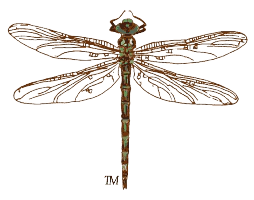Jacob’s Well Natural Area
Photos by Melinda Seib
Jacob’s Well Natural Area consists of five land surveys that all use the spring as a corner to tie the properties together. These surveys were conducted in 1847 by a prominent surveyor named Bartlett Sims. One possible explanation for the name that is circulated is that in the early 1850s, William C. Winters, a San Jacinto veteran and early settler of Wimberley, hiked up Cypress Creek searching for its source and found an overflowing spring. It is said that Mr. Winters exclaimed, “Like unto a well in Bible times.” Thus it was named ‘Jacob’s Well’. The property changed hands many times over the next 100 years and became a popular recreational destination. Here are some interesting facts:
Jacob’s Well Natural Area is a little over 81 acres.
Jacob’s Well is an artesian spring that releases thousands of gallons of water daily.
Jacob’s Well is the second-largest fully submerged cave in Texas.
The water source comes from the Trinity Aquifer, which makes its way from an extensive underground cave system.
The deepest part of the cavern system is 140 feet deep. The main cavern is 4,341 feet long, and the secondary cavern, which branches off the main cavern, is 1,314 feet long.
The water temperature stays at a constant 68°F.
Jacob’s Well is the headwaters of Cypress Creek, which flows through Blue Hole Regional Park and feeds into the Blanco River.
More than 200 Native Indian groups, collectively known as the Coahuiltecans, populated Central Texas. Three of the most prominent Indian tribes that roamed this area were the Tonkawa, Jumano, and the Comanche.
Source: Jacob's Well Natural Area
Location
1699 Mt. Sharp Rd. Wimberley, TX, 78676
512-214-4593
Jacob’s Well Natural Area is approximately 10 minutes from Wimberley, TX.
Hours of Operation: 8 AM to 6 PM daily. Closed: Easter, Thanksgiving, Christmas Day, New Year’s Day.
Additional Activities
Guided morning tours: Free to the public, offered Saturdays, October – May at 10 am
Additional Places to visit to see Fossils
Driftwood UMC Natural Area

